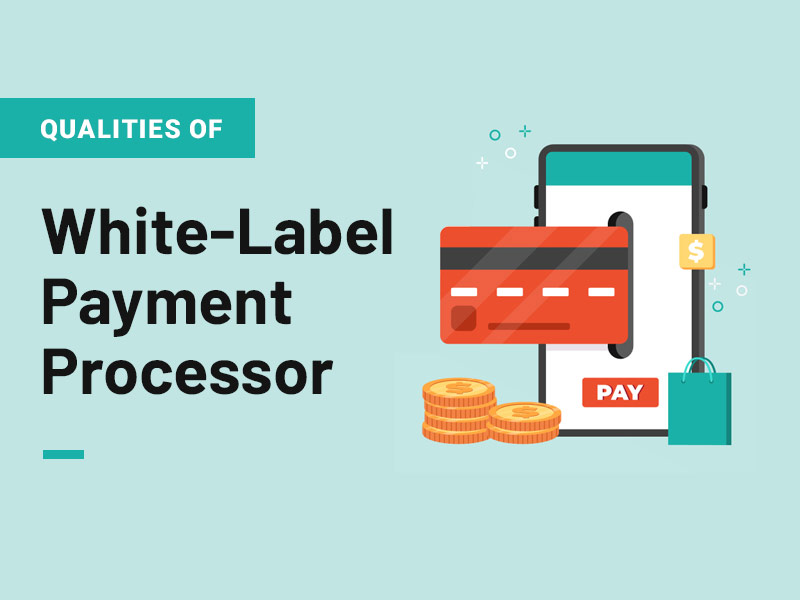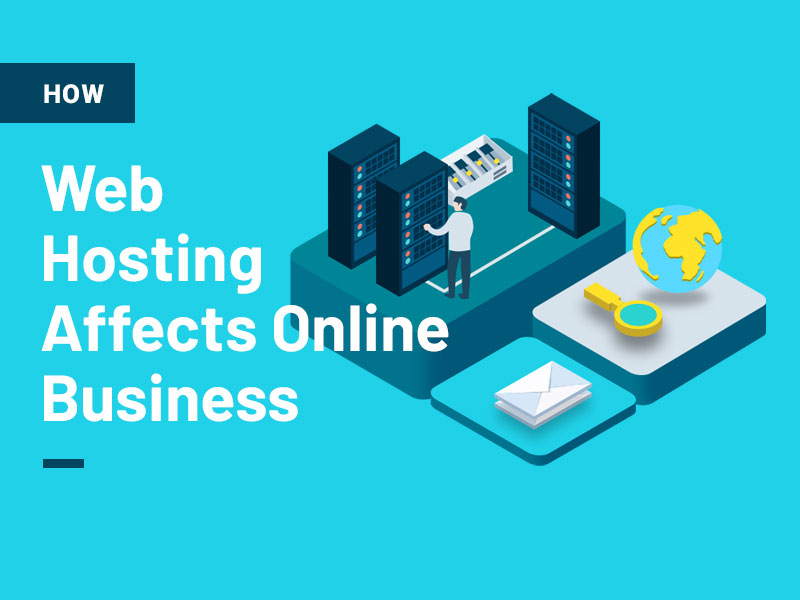Digital payments have skyrocketed in recent years as eCommerce has grown. These transactions will top $15 trillion by 2027.
By enabling integrated payments, ISVs and SaaS firms may increase their client base.
Most ISVs lack the skills and resources to become merchant services providers, making this difficult. White-label payment processing helps.
White-label payment processors are what?
White-label payment processing involves rebranding a third-party payment gateway or other payment technology to process payments. White-label payment processors give payment technology to ISVs, SaaS firms, and other organizations.
ISVs may design checkout, payment pages, and dashboards with their brand names, colors, logos, and content while the white label payment processing creates and maintains the payments infrastructure.
End clients will think the ISV rebranding it offers the payment service. No evidence of a third party in the payment procedure will exist.
ISOs and merchant acquirers used to “resell” payment gateways and other merchant services from payment service providers. White-labeling lets ISOs, ISVs, and acquirers brand and sell these services.
This lets them increase their offers and regulate payment. They also generate additional money while the white-label payment processor handles development and maintenance.
Why Use White-Label Payment Processing?
White-label payment processing benefits ISVs and SaaS firms who want to integrate payments. Look at some.
1. Cost-effective
Resource-intensive payments infrastructure construction and maintenance. To enable payments, ISVs must create technology and form partnerships with sponsor banks. Small companies cannot afford this.
White-label payment processors offer APIs, intelligent invoicing, or plugins that rapidly and easily interface with their software to give the payment processing services customers require.
2. Compliance & Security
Payments security is crucial. Payment solution providers must employ fraud prevention and regulatory and PCI compliance methods. White labeling lets ISVs relax because their payment partner handles these details.
3. Profits
White-label payment processors allow ISVs to expand their offers and generate more income.
4. Skill
White-labeling saves ISVs the trouble and danger of exploring unexplored territory. Instead, businesses may focus on their strengths and offer a variety of solutions to satisfy clients’ shifting demands.
Choosing a White-Label Payment Processing Partner
Before picking a white-label payment processor, examine a few key factors. This ensures you can satisfy client demands. Check this.
1. Customizability
Customization is crucial when choosing a white-label payment partner. You need complete branding control. Check what brand logo, color scheme, typeface, etc. adjustments are available.
2. Workable enterprises
White-label payment gateways give you greater control over payments, but providers may restrict partners. Casinos and online gambling are too risky for some spouses. Choose a white-label service provider that services your partners.
3. Their banks or acquirers
Look for a payment platform with a long-term partnership with sponsors or acquiring banks to give your consumers a pleasant payment experience. This will speed up and usually complete payments.
4. Compliance and security
White-label PSPs take security and compliance seriously. Payment restrictions are difficult and vary by industry and locale. Make sure your partner meets PCI DSS and other industry and country laws.
5. Accepted payments
Ensure your white-label processing partner supports end-user payment methods and currencies. Check whether they accept MasterCard, Visa, Discover, Amex, digital wallets (Google Pay, Apple Pay, PayPal), invoicing, recurring billing, payment links, and QR code payments. These may increase customer happiness and customers.







